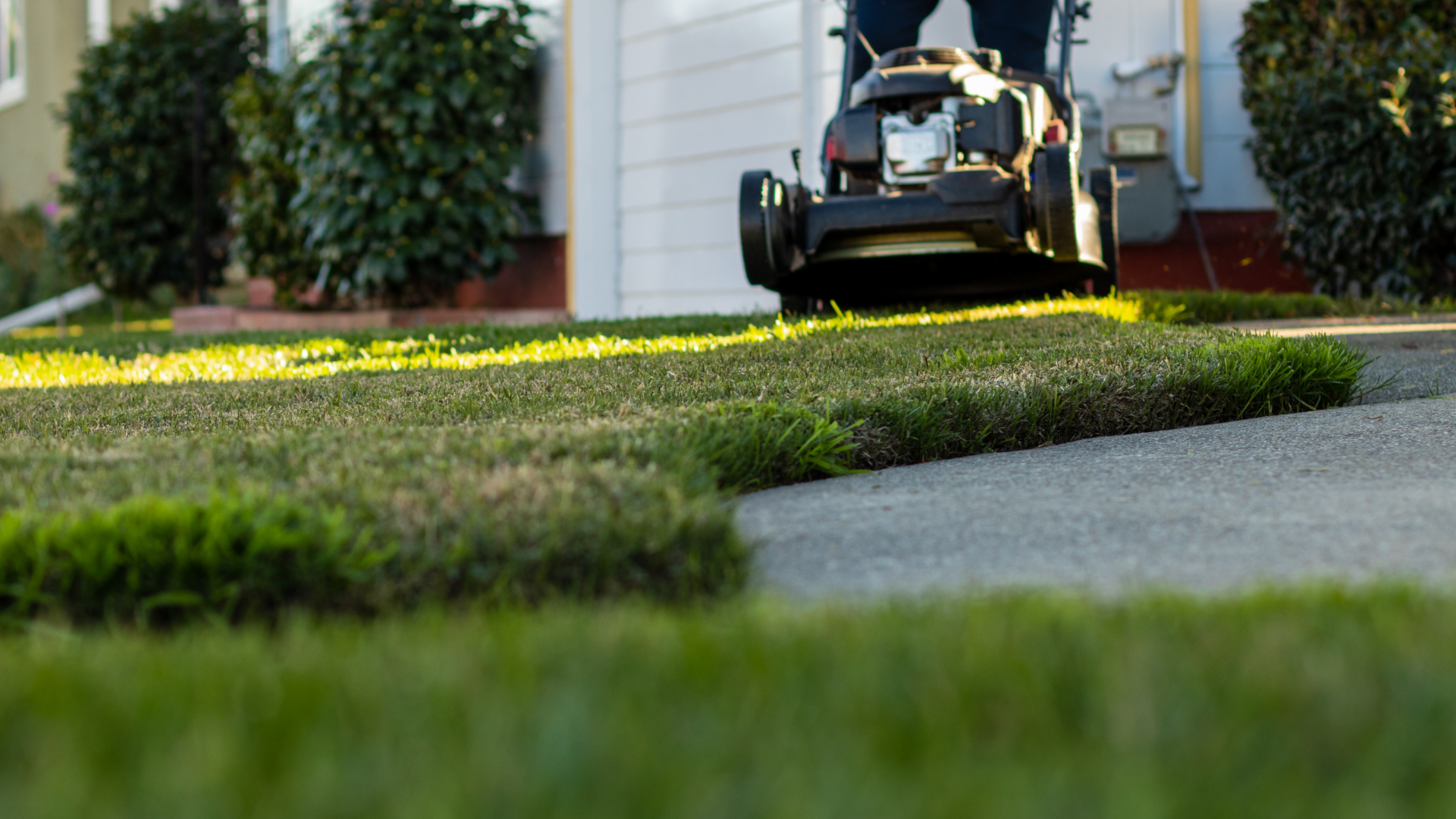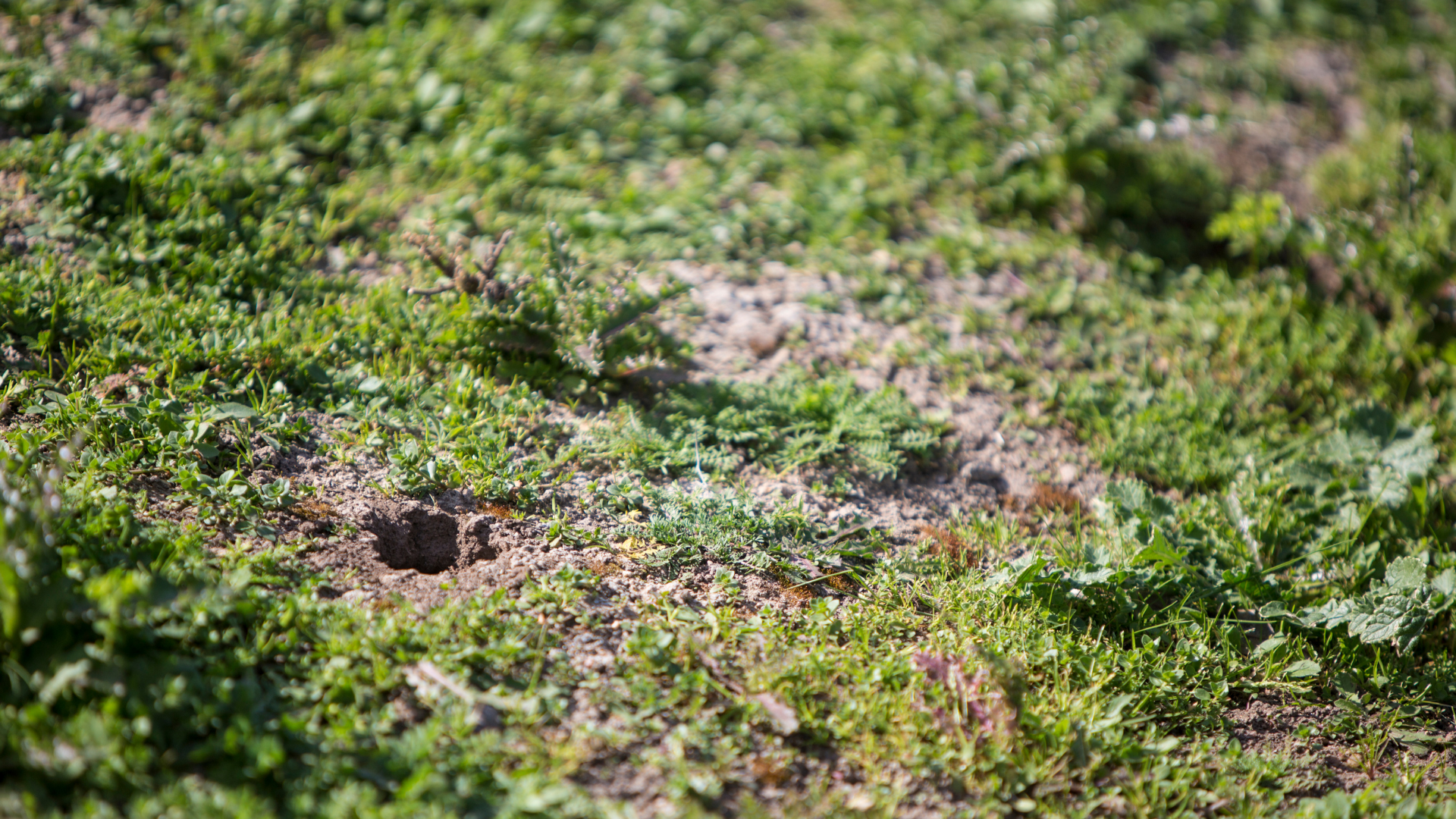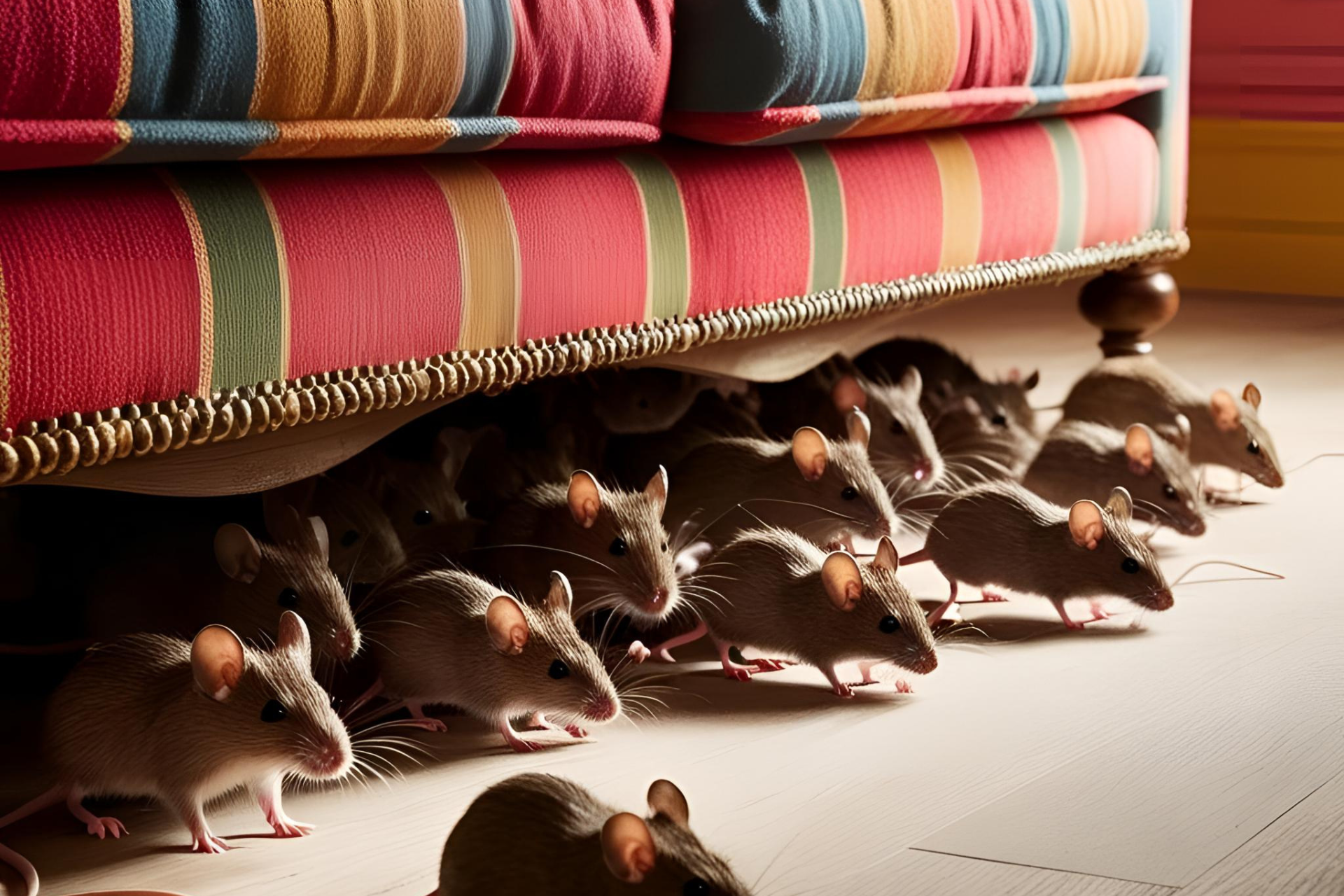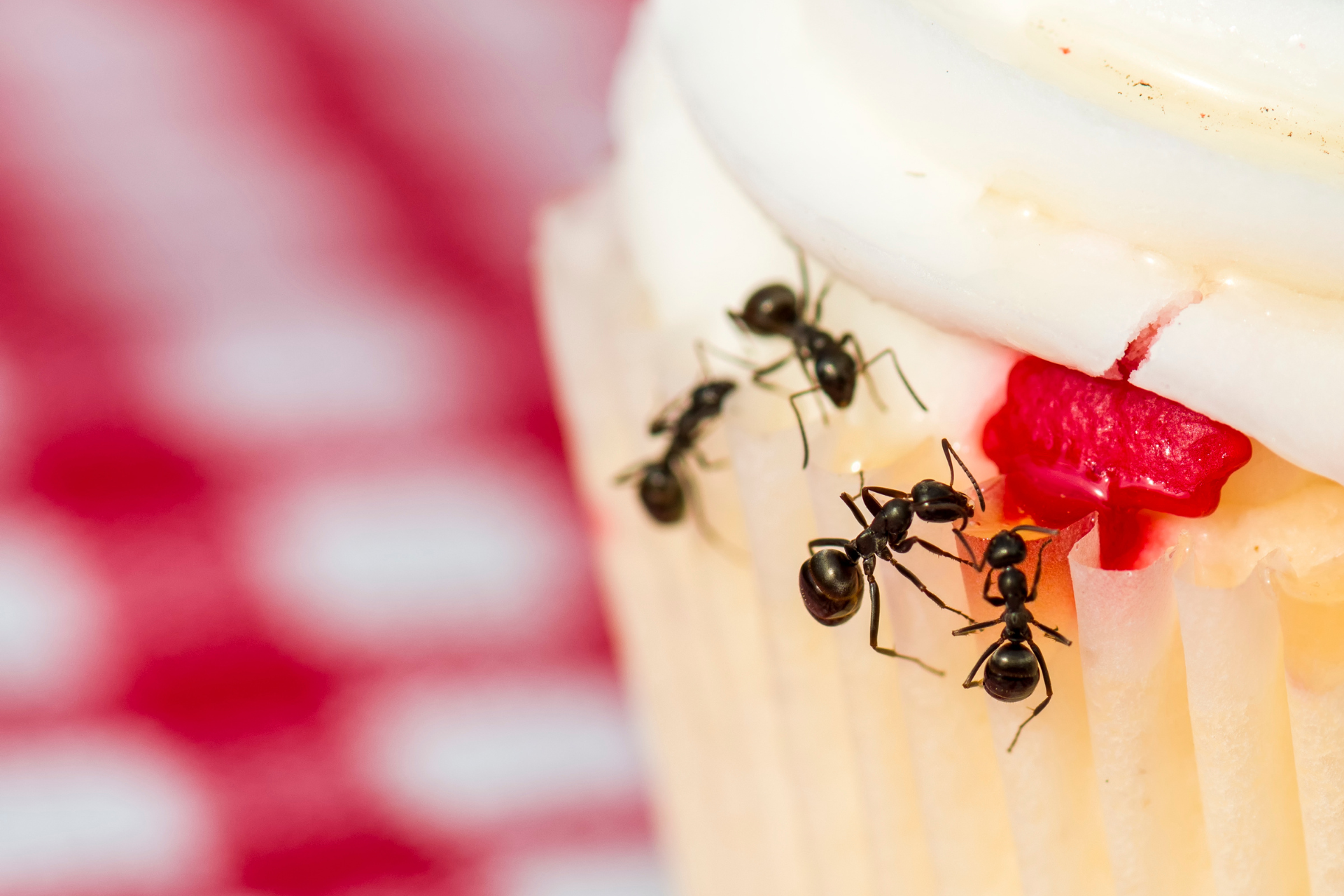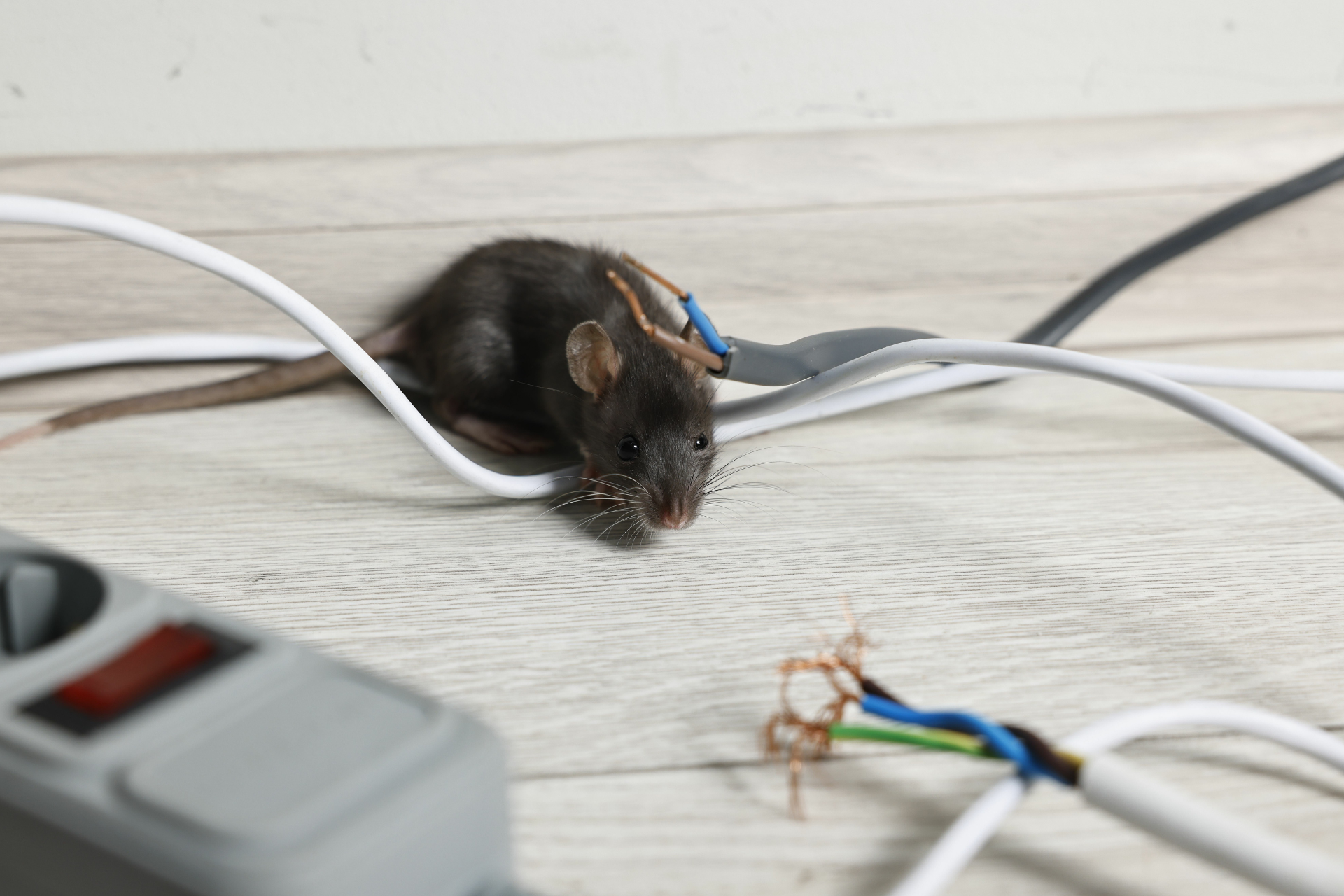Strategies for a Pest-Free Yard
Nobody enjoys the stinging, biting, and crawling of bugs that turn a peaceful yard into a battleground. It’s not just about discomfort; these pests can pose real health risks and damage the tranquility of your outdoor living spaces. By understanding the causes of infestations and taking proactive measures, you can maintain a bug-free environment that enhances your home’s comfort and enjoyment.
Standing Water: A Breeding Ground
Imagine stepping into your backyard, looking forward to a serene afternoon only to be greeted by the incessant buzzing of mosquitoes. That pesky standing water from last week's rain is more than just a puddle—it's a prime real estate for pests. Standing water occurs easily through common issues like poor drainage, unnoticed leaks, or simply from the irregular maintenance of your yard. Whether it's water pooling in an old tire, a clogged gutter, or the dip in your garden that doesn’t quite drain properly, these seemingly harmless spots are the perfect breeding grounds for pests.
Mosquitoes are the most notorious culprits taking advantage of these wet conditions, but they're not alone. Various types of flies also thrive in moist environments, setting up camp where they can find water to lay their eggs. This not only creates a nuisance but can pose health risks as these insects are often carriers of diseases. Imagine tiny invaders multiplying right in your backyard, turning outdoor moments into a battle against bites and buzzes.
Preventing these scenarios isn’t as daunting as it might seem. The key lies in regular yard maintenance and some clever tweaks to your landscaping. Start by addressing the root of the problem—improve the drainage in your yard. This might mean re-sloping parts of your garden, installing French drains, or simply ensuring that your gutters are clean and free from blockages.
Overgrown Vegetation: Shelter For Bugs
When your garden turns into a jungle, it's not just an aesthetic issue—it's a bug bonanza. Overgrown grass, dense bushes, and unkempt plants are more than just eyesores; they serve as luxury accommodations for a variety of insects. These lush, untrimmed areas provide ample shade and protection from predators, making them ideal for ticks, spiders, and mites to thrive. As these critters settle in, your yard can quickly transform from a peaceful retreat into a bustling area of insect activity.
Ticks are particularly notorious for their stealthy presence in tall grasses, waiting for an opportunity to latch onto a host. Spiders weave their webs in undisturbed corners of vegetation, and mites find sanctuary in the densest parts of the garden. These insects not only cause discomfort and fear but can also pose significant health risks, as ticks are known vectors of diseases like Lyme disease.
Combatting this issue doesn't require turning your green thumb into a warrior’s fist; rather, it involves adopting more mindful landscaping practices. Regular maintenance is key—keeping your lawn mowed, bushes trimmed, and garden beds tidy can greatly reduce the number of hiding spots for pests. This not only minimizes the risk of insect-related issues but also enhances the overall health of your garden.
Incorporating plants that naturally repel insects can be a game-changer. For example, marigolds emit a smell that discourages mosquitoes, while lavender can help keep moths and fleas at bay. These plants act as natural deterrents, making your garden less inviting to pests without the need for chemical interventions.
Uncollected Yard Waste
A tidy yard isn't just about curb appeal—it's essential for pest control. Leaves, branches, and other organic materials often accumulate in yard corners, under bushes, and around garden beds. These piles of decaying matter may seem harmless, but they are in fact bustling cities for bugs. As these organic materials begin to break down, they create a rich, moist environment perfect for insects that feed on and live within the rot.
Ants, earwigs, and beetles are among the primary residents of such environments. Ants are attracted to the sweetness of the decay, often building nests in these undisturbed piles. Earwigs thrive in the moist conditions under these heaps, using them as daytime shelters and feeding grounds at night. Beetles, particularly those that decompose organic matter, find a buffet in the layers of mulching leaves and woods, facilitating their life cycle and proliferation.
The solution to preventing these gatherings lies in regular yard maintenance. Timely cleanup, especially after storms or seasonal changes when debris is most likely to accumulate, is a must. Raking leaves in the fall and gathering fallen branches in the spring minimizes the potential habitats.
Open Garbage And Compost Bins
Open or overflowing garbage and compost bins are not just an eyesore; they are invitations. When bins are improperly sealed or begin to overflow, they emit odors and expose organic matter that can attract a wide range of insects and other wildlife.
Flies, wasps, and cockroaches are particularly drawn to these conditions. Flies are attracted to almost any form of decaying organic materials where they can lay their eggs. Wasps seek out protein and sweet substances for energy, making uncovered bins perfect targets. Cockroaches are opportunistic feeders that thrive on the moisture and food remnants found in garbage and compost bins, and once they establish a presence, they can be challenging to eradicate.
To combat these issues, it is essential to manage waste receptacles carefully. Using bins with tight-fitting lids is a critical step in deterring pests. These lids prevent pests from detecting the smells inside and block their access to the waste. It’s also beneficial to secure the lids with straps or weights in areas where animals might knock them open.
Regular washing of bins is another effective strategy. Residual food and waste can build up, even in closed bins, attracting pests. Cleaning bins with a hose and a mild detergent monthly can remove lingering odors and residues that might attract insects and other pests. For compost bins, maintaining the right balance of green and brown materials minimizes odors and reduces the likelihood of infestations.
Excessive Use Of Mulch
Mulch is a popular gardening tool known for its ability to retain moisture in the soil and suppress weeds. However, when applied too thickly, it creates a damp, warm environment that many bugs find irresistible. This excessive moisture retention and the resultant warmth can make your garden beds a hotbed for pests.
Termites are particularly drawn to these moist conditions, as they require a humid environment to thrive. Slugs, too, thrive in the dampness provided by over-applied mulch, feeding on plants and leaving behind a trail of destruction. Both pests can be detrimental to garden health and, in the case of termites, even structural safety.
To prevent these issues, it’s important to apply mulch correctly. A layer of about 2-3 inches is generally sufficient to suppress weeds and retain moisture without inviting pests. It's also important to keep mulch away from the foundations of your home to avoid providing a bridge for termites. Additionally, replacing old mulch with new material can help disrupt the living conditions for pests that may have settled in.
Bright Lights At Night: Beacon For Night Crawlers
Bright exterior lighting is not just a feature for security and aesthetics; it also acts as a magnet for nocturnal insects. Lights around a home can attract moths and beetles that are active during the night, creating nuisances and sometimes leading to larger infestations.
To mitigate this attraction, homeowners can switch to bug-resistant bulbs, such as yellow-tinted or LED lights, which are less attractive to many insects. Installing motion-activated lights can also reduce the time lights are on, thereby decreasing the likelihood of drawing in nighttime pests.
Other Pest Attractors
Fruit trees and vegetable gardens are treasures for their bounty, but fallen, rotting fruits and vegetables quickly turn into feasts for bugs. This decaying produce attracts fruit flies, ants, and wasps, all of which can degrade the quality of your harvest and enjoyment of your garden.
Regular harvesting and diligent cleanup of fallen produce are key to keeping pests at bay. Implementing barriers such as netting can protect fruit trees from both bugs and larger animals. These practices help maintain the health and productivity of your garden while reducing pest attraction.
Leaving pet food and water bowls outside is an often-overlooked attractant for various insects. Ants and other scavenging insects are particularly drawn to pet food, taking advantage of food left unattended.
To prevent this, feed pets indoors whenever possible, or be vigilant about removing food and water bowls immediately after pets have finished their meals. Keeping feeding areas clean and free of residual food can significantly reduce the likelihood of attracting pests.
Take Proactive Steps For A Pest-Free Yard
Implementing these strategies requires a bit of effort and routine, but the payoff is a more enjoyable, pest-free outdoor space. Remember, the less hospitable your yard is, the fewer issues you'll have. Regular upkeep and a keen eye can prevent most common problems and protect your home and health.
For those looking for professional assistance or who may face stubborn issues, do not hesitate to contact 101 Gopher & Pest Control. We are here to help you with expert advice and can offer a free consultation to discuss more comprehensive pest control solutions tailored to your specific needs. Our team is equipped to enhance your efforts and ensure your yard remains a pleasant space for you and your family. Contact us today and take the first step towards a pest-free environment.


